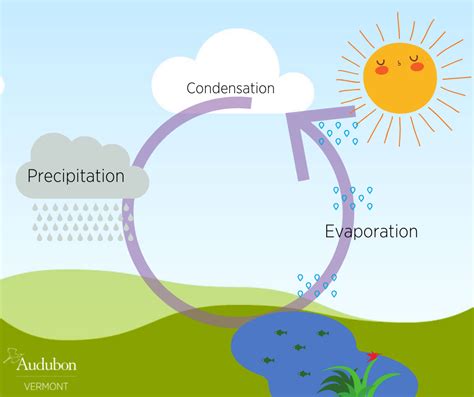Water Evaporation Time: The Ultimate Guide
Evaporation, the process where water transforms from a liquid to a gas (water vapor), is a fundamental part of the water cycle. Understanding how long it takes for water to evaporate depends on several interconnected factors, making it a complex yet fascinating process. This guide delves into the science behind evaporation time, exploring the key variables and providing practical examples.
What Factors Influence Water Evaporation Time?
Numerous environmental conditions influence how quickly water evaporates. These can be broadly categorized as:
-
Temperature: Higher temperatures provide water molecules with more kinetic energy, allowing them to break free from the liquid's surface more readily. The warmer the air, the faster the evaporation.
-
Humidity: High humidity means the air already contains a significant amount of water vapor. This reduces the air's capacity to absorb more water, slowing down the evaporation process. Low humidity accelerates evaporation.
-
Wind Speed: Wind removes the saturated air layer above the water's surface, replacing it with drier air that can absorb more moisture. Stronger winds, therefore, lead to faster evaporation.
-
Surface Area: A larger surface area exposes more water molecules to the atmosphere, increasing the rate of evaporation. A wide, shallow dish will evaporate water faster than a tall, narrow glass containing the same volume.
-
Water Depth: While seemingly counterintuitive, water depth plays a less direct role. A deeper body of water will initially evaporate slower due to the larger thermal mass, meaning it takes longer to heat up and achieve sufficient surface temperature. However, once the surface temperature is reached, the evaporation rate is largely unaffected.
-
Atmospheric Pressure: Lower atmospheric pressure reduces the boiling point of water, leading to faster evaporation. This effect is most significant at high altitudes.
-
Sunlight: Direct sunlight significantly increases the water temperature, thereby accelerating evaporation. Shaded areas will experience slower evaporation.
How Long Does it Take for Water to Evaporate? – A Look at Different Scenarios
There's no single answer to how long it takes for water to evaporate. The time varies drastically depending on the factors listed above. Consider these scenarios:
-
A puddle after a rainstorm: On a hot, sunny, and windy day, a small puddle might evaporate completely within a few hours. However, under overcast, cool, and calm conditions, it could take several days or even longer.
-
A swimming pool: A swimming pool's evaporation rate depends on its size, the ambient temperature, humidity, and wind. Evaporation from a large pool can be significant over time, requiring regular refilling. Expect slower evaporation in humid climates.
-
A glass of water on a table: A small glass of water will evaporate much faster than a large body of water due to the smaller surface area and the increased exposure to surrounding air currents.
-
Large bodies of water (lakes and oceans): Evaporation from these large bodies of water is a continuous and crucial part of the water cycle, but it occurs over much longer timescales. The rate of evaporation is influenced by the vast surface area and the overall climate of the region.
How to Calculate Evaporation Rate?
Precise calculation requires specialized instruments and complex meteorological models. However, simple estimates can be made using evaporation pans and data on temperature, humidity, and wind speed. Professional meteorologists employ sophisticated tools like the Penman-Monteith equation for accurate estimations.
Frequently Asked Questions (PAAs)
What is the difference between evaporation and transpiration?
Evaporation is the process of water turning into vapor from a liquid water source such as a lake or puddle, while transpiration is the process of water moving through plants and evaporating through their leaves.
How does evaporation affect the climate?
Evaporation is a vital part of the water cycle, and it plays a role in regulating global temperatures. It's a cooling process because it absorbs energy from the surroundings. Changes in evaporation rates can impact weather patterns and regional climates.
What are some ways to reduce water evaporation?
Techniques to reduce evaporation include using covers on water bodies (like pools), employing windbreaks, and using shade to reduce sunlight exposure. Proper irrigation techniques can also lessen water loss through evaporation in agriculture.
Does evaporation only occur in water bodies?
No, evaporation can occur from any liquid surface, including soil, sweat from our skin, and even damp clothing. In essence, any liquid exposed to the air can evaporate.
Conclusion
Understanding water evaporation time involves considering multiple interacting factors. While precise prediction is complex, appreciating the influence of temperature, humidity, wind, and surface area allows us to understand why evaporation rates vary so significantly across different situations. This knowledge is crucial in various fields, from agriculture and meteorology to everyday life.

